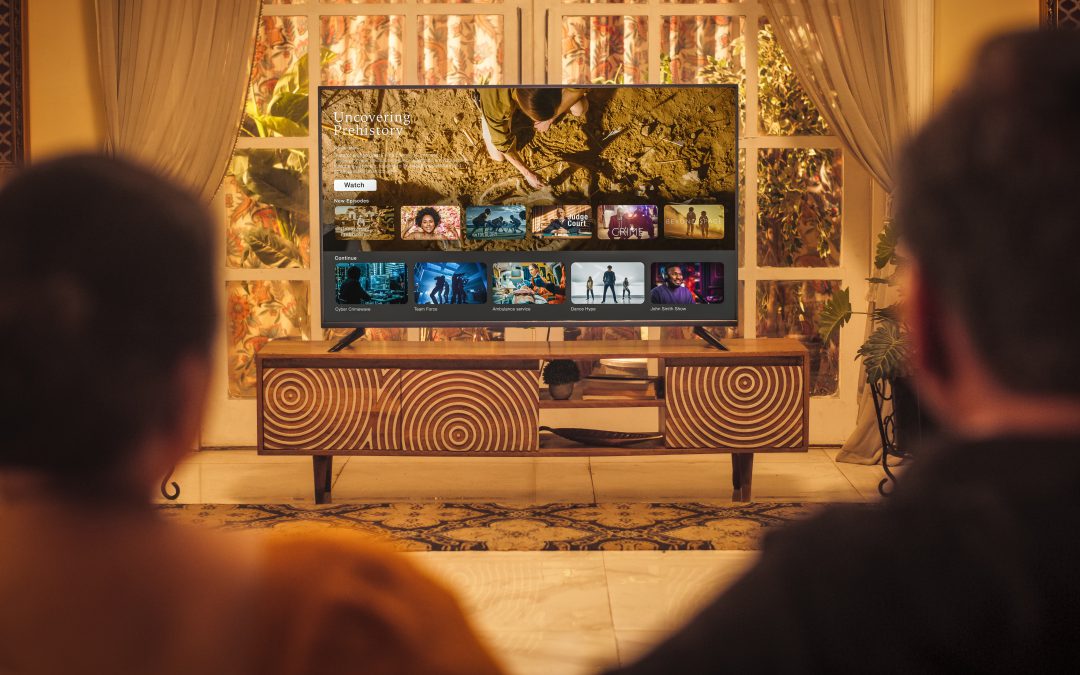By Saumya Kharbanda, Department Lead, Communication Design
The film industry has undergone tremendous transformation over the years, with numerous changes aimed at creating narratives that fully leverage the unique properties of cinematic form, moving away from the dominance of theatrically driven classical narratives.
Filmmaking has witnessed technological advancements, transitioning from silent to sound, black and white to colour, and ultimately to digital. Plots have evolved from simple, formulaic structures to more intricate and diverse stories. The rise of independent filmmaking has amplified diverse voices within the industry, offering spectators realistic and engaging experiences through technological improvements. Ambitious visual effects, including special effects, computer-generated imagery (CGI), and 3D technology, now enhance storytelling. The distribution and consumption of films have undergone significant transformation with the rise of streaming platforms.
The film industry, once predominantly white and male-controlled, has become more inclusive and diverse in terms of representation. Let's explore how technology and changing consumption patterns shape the future of filmmaking, screenwriting, and production.
Increasing Use of VFX Technology
Technology and the film industry have long collaborated on various production and post-production projects, introducing innovations that simplify and enhance filmmaking. In the last decade, facial reproduction, digital humans, and de-aging technologies have garnered significant attention, with films like Star Wars showcasing their effective utilisation.
Recent examples of widespread technological use include the integration of game engines in film production and the advent of virtual studios. Game engines offer dynamic and real-time environment recreation, enabling performers to respond authentically to scenes.
Streaming Services
The past five years have witnessed a rapid surge in the popularity of streaming services such as Netflix, HBO Max, Disney+, and Amazon Prime, fundamentally altering consumer behaviour. Streaming platforms have made watching TV series and films more convenient, allowing viewers to choose what to watch at their own pace. The term "binge-watching" has become popular, emphasising the growing impact of streaming services. To stay competitive, VOD providers create exclusive content, with platforms like Netflix achieving success with hit shows like Stranger Things and acclaimed movies like The Irishman.
Computer-generated Imagery (CGI)
Computer-generated imagery has become an indispensable tool in filmmaking, enabling the creation of special effects, animation, and entire worlds. High-definition and 4K technology have enhanced movie images, offering sharper, clearer, and more detailed visuals. This technological advancement provides flexibility in post-production, offering options for colour grading and visual effects.
Diversity
Woke Culture's impact on the social landscape has extended to cinema over the past decade. Casting directors actively seek fresh faces from diverse backgrounds, breaking away from traditional norms. Audiences now appreciate new faces in substantial roles, moving beyond a fixation on established actors. The industry's storytelling has evolved from simple plots to complex and diverse narratives, reflecting increased representation of different cultures, races, and perspectives. Independent filmmaking has played a vital role in amplifying marginalised voices.
As technology continues to evolve, storytellers must adapt to connect with audiences while maintaining the core principles of creating emotional connections and conveying messages or themes.












